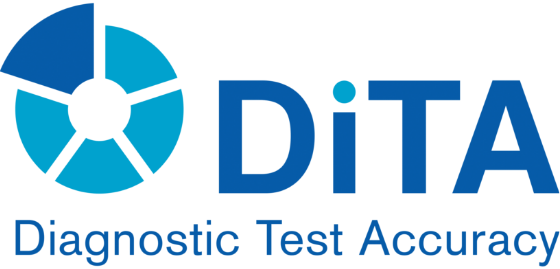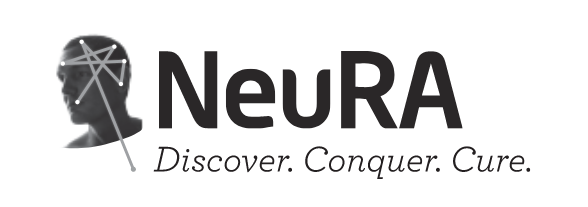Use the Back button in your browser to see the other results of your search or to select another record.
Diagnostic accuracy of clinical examination for carpal tunnel syndrome: validation using nerve conduction studies
Roghani AS, Farooq J, Ullah W, Roghani FS, Ahmad B, Jan AA, Siddique N, Shahzad F
Cureus 2025 Jul 8;17(7):e87563
primary study
BACKGROUND Carpal tunnel syndrome (CTS) is a type of compression of the median nerve at the wrist that results in sensations of numbness, tingling, and pain in the hand. Early and accurate diagnosis is important to manage the condition and prevent irreversible nerve damage. Clinical examination is usually the initial tool used in diagnosing CTS; however, nerve conduction studies (NCS) are considered the most definitive. The purpose of this research is to evaluate and determine the sensitivity and specificity of clinical examination in diagnosing CTS, using NCS as the reference standard, among patients attending Khyber Teaching Hospital, Peshawar, Pakistan. OBJECTIVES The objective of this study is to assess the diagnostic accuracy of clinical examination, including Tinel's sign and Phalen's maneuver, for CTS, using NCS as the reference standard, among patients at Khyber Teaching Hospital, Peshawar. STUDY DESIGN This is a cross-sectional study. Place and duration of study Data was collected in the Department of Trauma and Orthopedics, Khyber Teaching Hospital, Peshawar, from September 1, 2024, to March 31, 2025. MATERIALS AND METHODS This cross-sectional study involved 100 patients presenting with features suggestive of CTS at Khyber Teaching Hospital, Peshawar. Patients were evaluated using both clinical examinations and NCS. Clinical examination included assessment of symptoms (such as pain, numbness, and tingling) and signs (such as Tinel's sign and Phalen's maneuver). NCS measured median nerve conduction velocity and amplitude, with abnormal findings confirming the diagnosis of CTS. The SPSS version 24 was used to analyze the results by applying the Chi-square test, which were then presented in descriptive and tabular form. RESULTS In our study at Khyber Teaching Hospital, Peshawar, clinical examination for CTS showed a sensitivity of 75% and a specificity of 60% compared to NCS. The positive predictive value (PPV) was 70%, indicating that 70% of patients clinically diagnosed with CTS were confirmed by NCS. The negative predictive value (NPV) was 65%, suggesting that 65% of patients without clinical signs had normal NCS results. The calculated p-value of 0.045 indicated a statistically significant correlation between clinical examination findings and NCS results. These findings underscore the importance of using NCS as a confirmatory test following clinical suspicion of CTS for accurate diagnosis. CONCLUSION Clinical examinations (such as Tinel's sign and Phalen's maneuver) are useful but should be supplemented with NCS for accurate diagnosis and effective management planning of CTS in clinical practice.
Full text (sometimes free) may be available at these link(s): ![]() help
help


